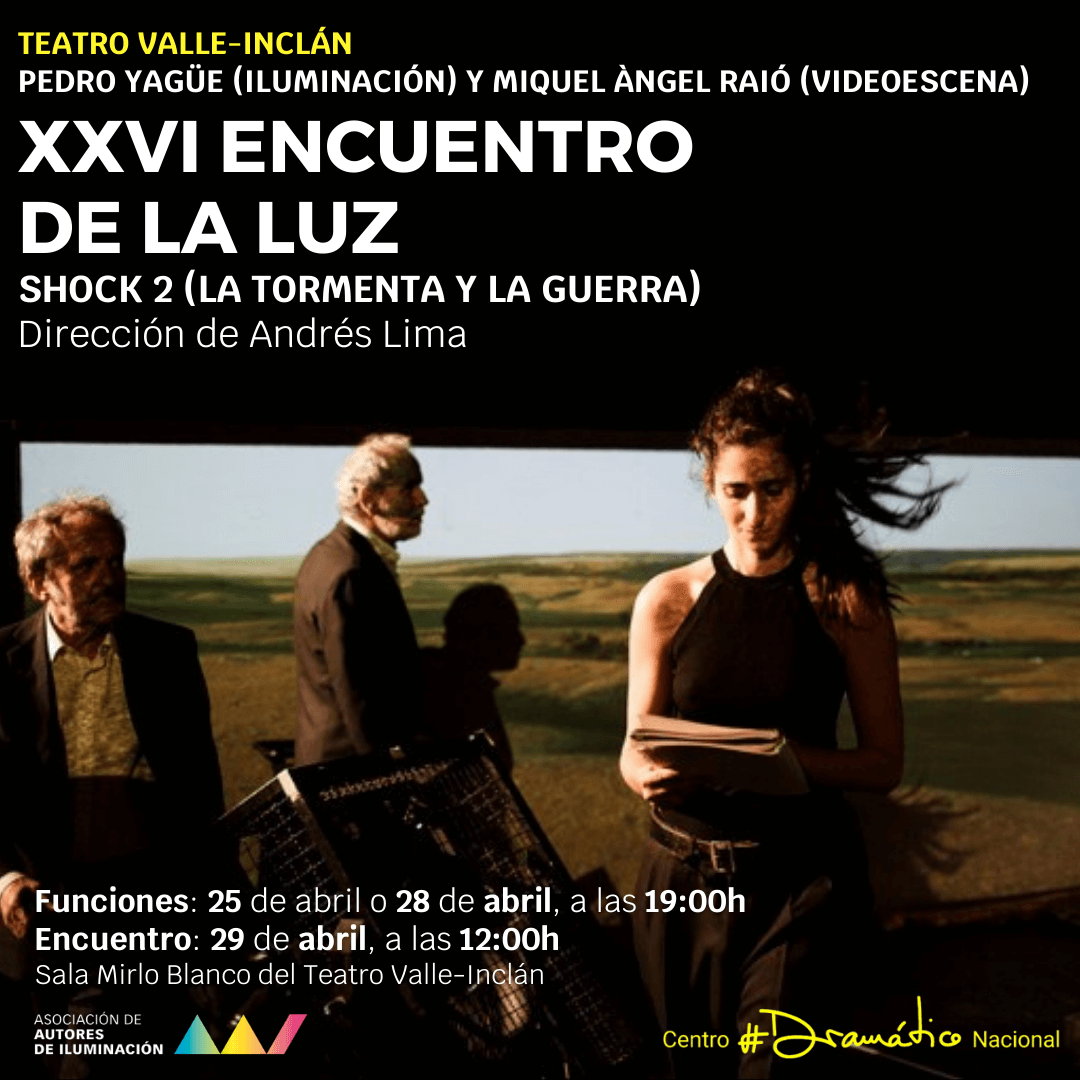On February 28th 2014, after attending days before, the ensemble rehearsal of the opera “Alceste” by C. W. Gluck, was held in the Gayarre Hall of the Teatro Real, the 6th of the “Encuentros de la luz”. On this occasion, I meet the lighting designer Felice Ross, in charge of lighting the staging that the director Warlikösky has done for “Alceste” performed at the Teatro Real.
Once again, we have counted with the presence of a luxury artist, the lighting designer Felice Ross, of world renowned prestige. He has collaborated in productions of great opera houses in Tel Aviv, Warsaw, Washington, Paris, Munich, Berlin, Brussels and in Spain at the Palacio de las Artes in Valencia and on three occasions, this being the fourth, at the Teatro Real in Madrid. He has worked with great stage directors such as Zeffirelli, Warlikösky or Trelinsky.
The meeting with Felice was very productive and pleasant. She began by explaining her arrival in this profession, from her school days when she wanted to “act behind the stage, better than on the stage”, which at that time was practically forbidden to women, and how this was the first struggle she had to keep up in order to move forward. He was able to know the ins and outs, the machinery, the artifice that makes possible the illusion that finally shines on the stage. He then chose to focus on light and continued to talk about how to become a good designer you have to have climbed up there to the top of the stairs to direct the lights, know the devices well, their mechanism and operation, and then know how to play with those lights from the control table. He referred to his passion for color, how it is an aesthetic fact that is also a fact of meaning that serves the dramaturgy, the symbols and atmospheres that surround the story we want to tell. He explained to us the importance of teamwork, of the relationship with the other trades of the theatre, especially the scenography and the creation of costumes; as well as the process with the director: that communication and negotiation that must be maintained, sometimes everything coincides, the ideas fit and it’s great, other times there is no choice but to do some things “that we like less”, because the director always has the last word. He also showed us images of some of his work, on which he based many of his explanations. For example of the opera we had seen performed; he showed us how and why he had arranged the fluorescent lamps seen, on the great banquet table and on the immense cross of the forum wall, the complications involved in working with a scenography full of specular and metallic reflections, the taste for the shadows created by the light fixtures themselves, or those defined by the tracking cannons including the effects of inversion, the shadow-light that emanated from the ends of the arms of the cross and overflowed onto the walls of that claustrophobic scenography, the LEDs placed at the foot of the walls and how they had to be balanced as much as possible, their tone with the fluorescence, the large panel full of light bulbs with cabaret memories, the difficulty of working with gauze, projections and continuous movements of machinery, and so many more details.
Finally, the question and answer session was extremely pleasant and relaxed, being “on top” of everything we wanted to discuss. At the end, reference was made to the international campaign “Save Tungsten” which she supported wholeheartedly. Even if HMI, fluorescence or sodium vapour were more important in his designs, he considered the loss of incandescence to be irreparable for the theatre. And at the end of the “family photo” someone instead of saying the classic “Pa-ta-ta” said “Tungs-te-no” and of course, we laughed.
Thank you Felice Ross.






